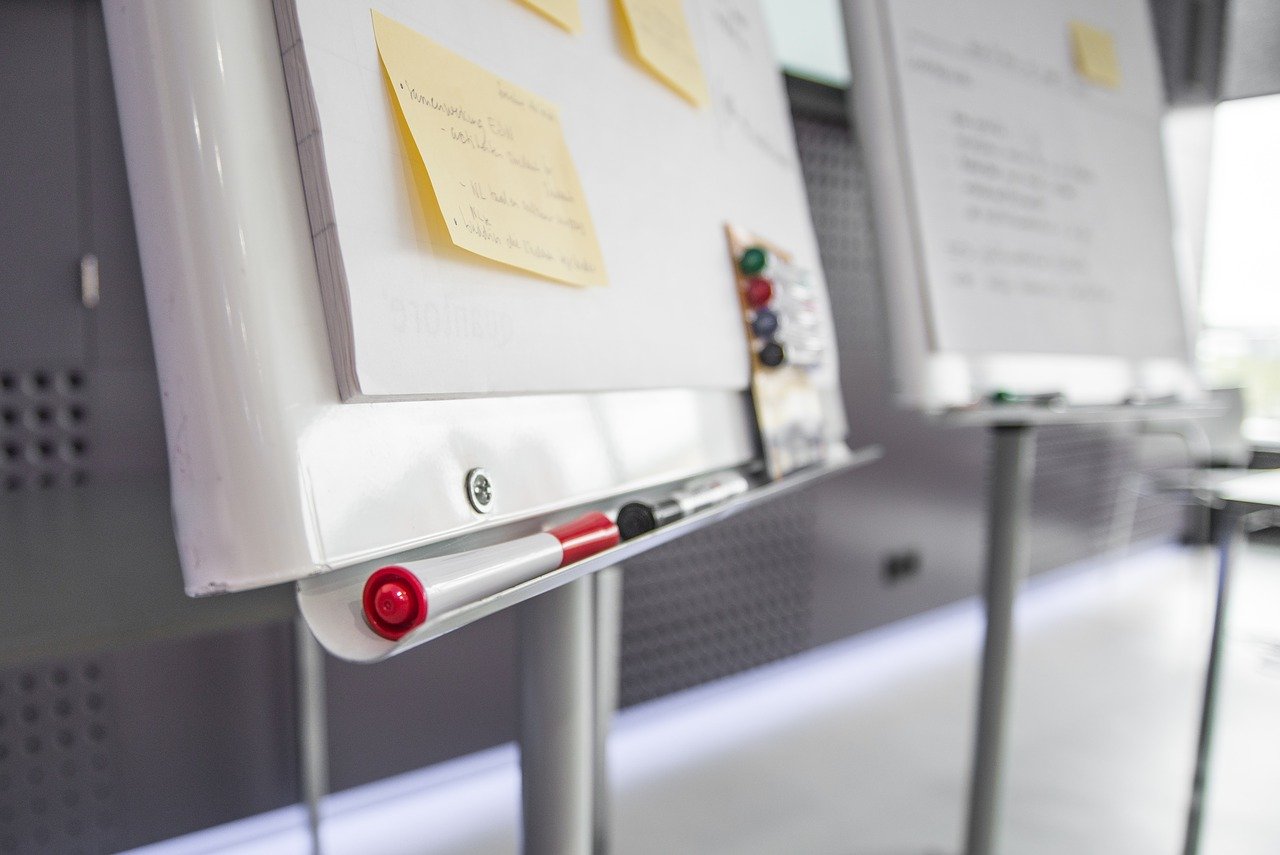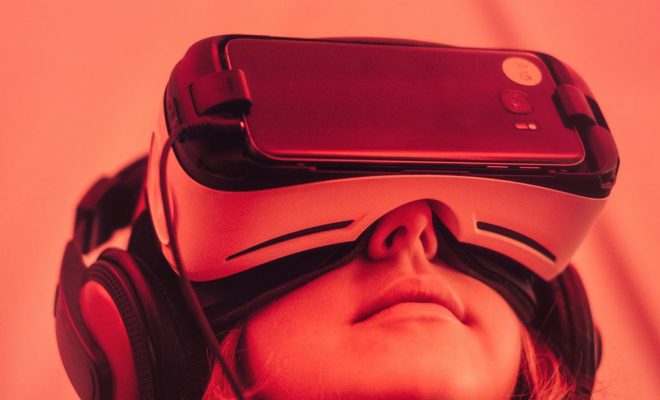Designing with Open Educational Resources (OER)

UNESCO coined the term ‘OER‘ back in 2002 to describe an initiative intended to bring about educational resources that were universally accessible. Open Educational Resources are described as ‘learning, teaching, and research materials in any media, digital or otherwise, that belong to the public domain, or have been released under an open license permitting free access, use, and adaptation, as well as redistribution by others without restriction.’
The term OER can be used to refer to various types of learning resources, from full courses, textbooks, and curricula, to tools, videos, software, and even techniques that support the access to knowledge. Let’s take a closer look at how you can design your courses using OER.
The Goal of OER
Open Educational Resources were created to recognize the statement ‘everyone has the right to education’ in the Universal Declaration of Human Rights. It was also designed to create policy, foster discussion, and establish how educational tools and resources could be developed and broadly distributed to everyone.
There are many benefits to using OER. The primary is that it makes educational resources more accessible and affordable, but its benefits are much broader. One of its most significant advantages is to the students that use OER.
OER content enriches education programs from elementary school through to college by offering educators affordable content, reviewed by peers, that can be used not only to enhance but even replace existing course content. Teachers can refer to real-world examples developed for trade use and their course activities, providing students with otherwise-inaccessible practical experience.
Implementing OER Into Your Course
Before you bring OER into your classroom, you will need to ensure that you know how it will be used. You should know what your OER system will look like, as well as the impact it will have on your school and class.
You will then need to determine the resources required to deploy OER to your course, your teachers, and your students. This includes technical infrastructure, key personnel, instructional materials, and software. The most pressing issue you will need to face is the quality of the resources you use.
Finally, you will need to determine whether or not your implementation of OER, as well as its distribution, has been successful. How will you measure success? How will you know whether your activities are being incorporated as intended? And how will you know if OER is impacting educators and students in the right way?
These are questions that you should be asking yourself throughout the implementation process. If you’d like a full breakdown on how to properly implement OER, visit this website.
OER and Online Learning
Since most Open Educational Resources are readily available online, implementing them into your online learning space should be a walk in the park. As an e-learning professional, you can use OER to enrich your online teaching and use them to supplement your coursework.
Suppose you are using an SLMS (Social Learning Management System) like Pedagogue, which merges the traditional aspect of an LMS with social media elements, like chats, forums, and videos. In that case, you can post a specific OER to a class board or forum for your class to view and work through in their own time.
Even if OER does not become a core part of your online course, you can still use it to provide supplementary, practical knowledge to your students.
Concluding Thoughts
With OER’s accessibility and availability, it would not surprise us if it became the norm for most classrooms – physical and online – worldwide. Implementing OER into your classroom is not a difficult task, but one that requires special attention to succeed.





